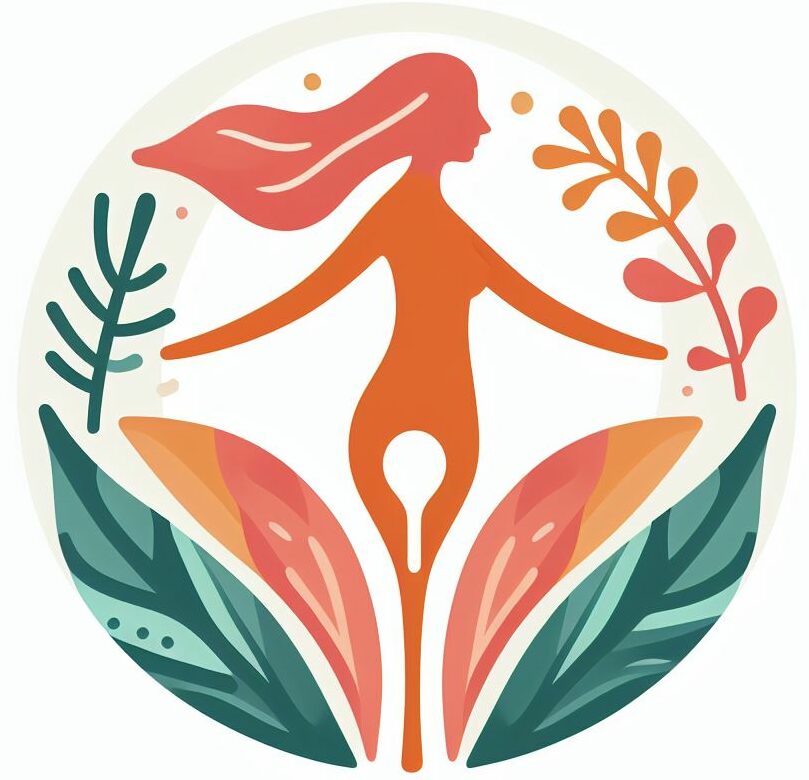If you are a new mom, you may have heard of the term “bounce back culture”. It refers to the pressure that many women feel to quickly return to their pre-pregnancy weight, shape, and lifestyle after giving birth. You may have seen celebrities flaunting their flat stomachs and toned bodies weeks or months after having a baby, or social media influencers posting before-and-after photos of their amazing transformations. You may have also received compliments from friends, family, or strangers on how well you have “bounced back” or how good you look for a new mom.
But what is the truth behind the bounce back culture? Is it healthy, realistic, or even possible for most women to snap back to their pre-baby selves? And what are the benefits and drawbacks of this phenomenon for new moms and their babies?
The Good Side of the Bounce Back Culture

The bounce back culture is not entirely negative. It can have some positive aspects, such as:
- It can motivate women to take care of their physical and mental health after giving birth. Exercise, nutrition, and self-care can help new moms cope with the stress, fatigue, and hormonal changes that come with motherhood. They can also boost their mood, energy, and confidence, and prevent or treat postpartum depression and anxiety.
- It can inspire women to set and achieve realistic and healthy goals for themselves. Some women may enjoy challenging themselves to regain their strength, endurance, and flexibility after pregnancy and childbirth. Women may also want to improve their body image, self-esteem, and sense of identity, which can be affected by the changes in the appearance and role.
- It can celebrate women’s resilience and empowerment. Pregnancy and childbirth are amazing feats that require a lot of physical and emotional effort. Women who manage to recover and thrive after giving birth deserve to be praised and admired for their courage, determination, and adaptability. They can also serve as role models and sources of support for other women who are going through the same journey.
The Bad Side of the Bounce Back Culture
However, the bounce back culture also has many negative aspects, such as:
- It can create unrealistic and unhealthy expectations for women. The media and society often portray the bounce back culture as the norm, rather than the exception. They also tend to focus on the external aspects of women’s bodies, rather than the internal ones. This can make women feel inadequate, guilty, or ashamed if they do not look or feel like their pre-pregnancy selves in a short period of time. It can also make them ignore or neglect the signs and symptoms of potential health problems, such as pelvic floor dysfunction, diastasis recti, or postpartum complications.
- It can harm women’s physical and mental health. Trying to bounce back too quickly or too intensely can have negative consequences for women’s well-being. For example, exercising too soon or too hard can interfere with the healing process, cause injuries, or worsen existing conditions. Restricting calories or following fad diets can deprive women of the nutrients they need for themselves and their babies, especially if they are breastfeeding. Comparing themselves to others or to unrealistic standards can also damage their body image, self-esteem, and mental health.
- It can diminish women’s value and identity. The bounce back culture implies that women’s worth and happiness depend on how they look and what they do, rather than who they are and how they feel. It also suggests that women need to erase or hide the evidence of their pregnancy and childbirth, as if they are something to be ashamed of or to be fixed. This can make women feel invisible, unappreciated, or pressured to conform to a narrow and superficial ideal of femininity and motherhood.
The Bottom Line
The bounce back culture is a complex and controversial phenomenon that affects many new moms. It can have both positive and negative impacts on their lives, depending on how they perceive and respond to it. It’s crucial for new moms to understand that each woman’s body, journey, and healing process are unique and different. There’s no one-size-fits-all approach to motherhood, appearance, or emotions. The most important thing for new moms is to listen to their bodies, trust their instincts, and seek professional support when necessary. And above all, to love and appreciate themselves for the amazing and beautiful women that they are.
Before my vaginal delivery, I had a plan to reclaim my pre-pregnancy weight within 12 months postpartum. It felt like a reasonable goal, a way to feel healthy, strong, and vibrant again. But prolapse entered the scene, uninvited and disruptive.
-Maria
